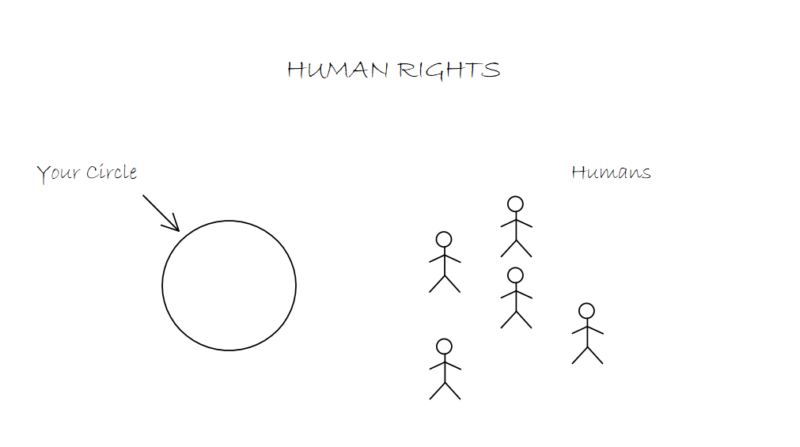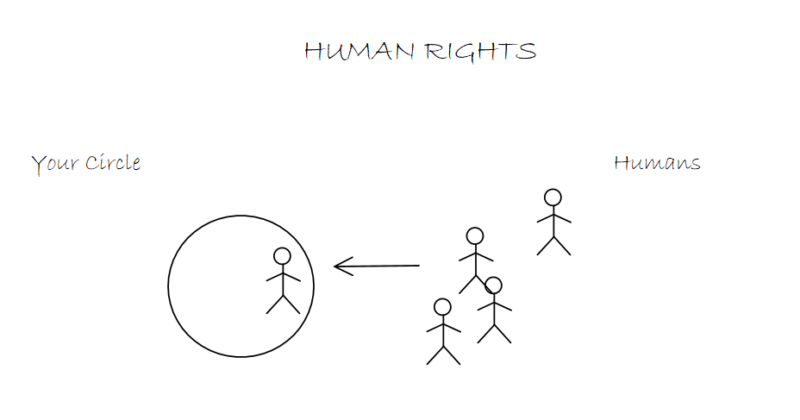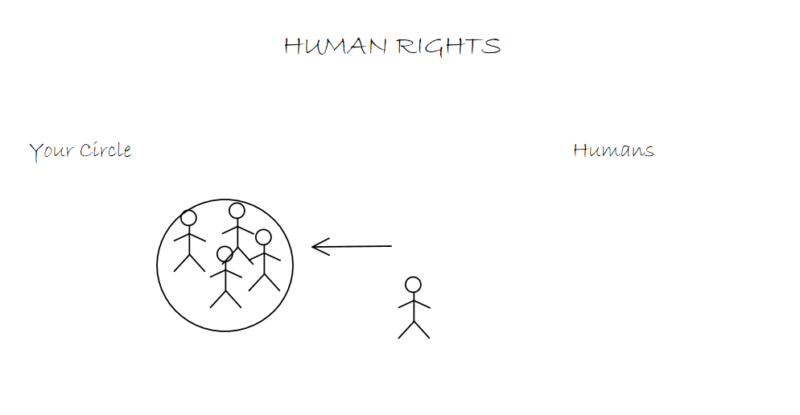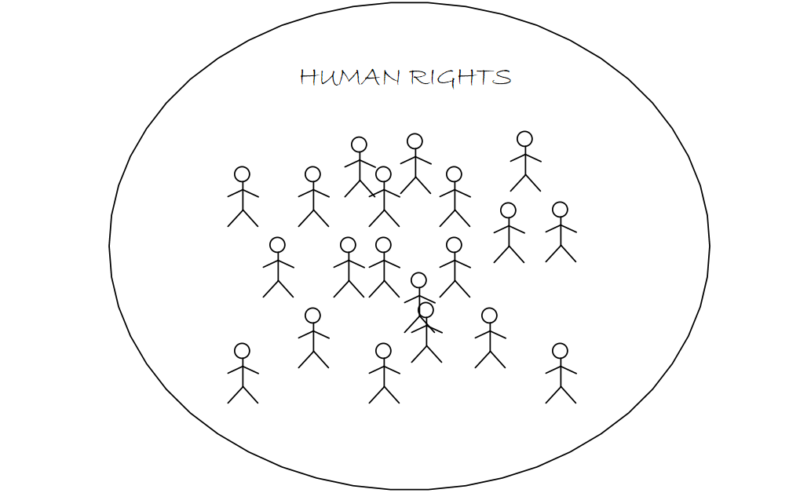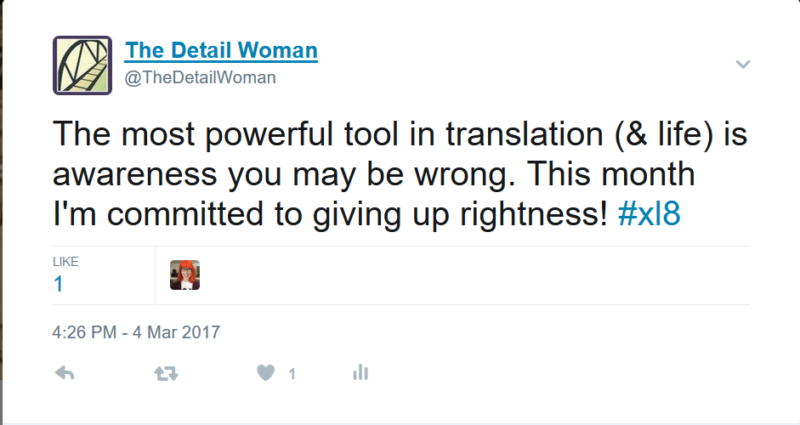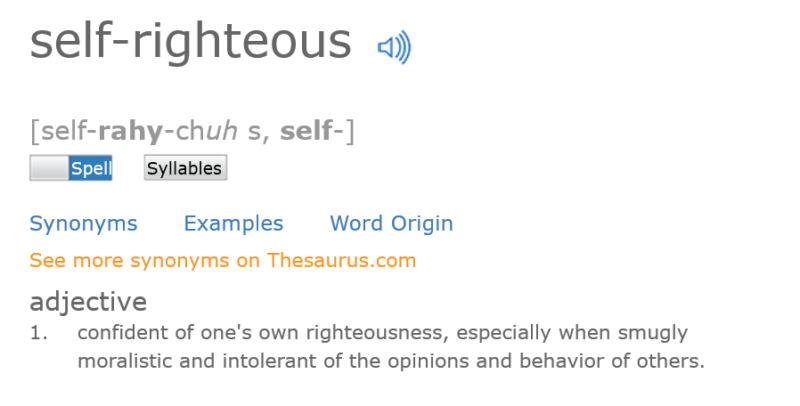This is a repost of my essay “On Translation vs. Interpretation,” which first appeared on my site on 11/03/2006, and has been featured in a couple of other places since then.
On Translation vs. Interpretation
Many people don’t realize there’s a difference between “translation” and “interpretation.” Even people who work with translators all the time will sometimes ask us “Can you translate at a meeting I’m holding?” And I’m sure interpreters frequently get handed documents and asked to translate them. Perhaps it’s easier to go from interpretation to translation; I wouldn’t know and wouldn’t like to assume. However, as a professional translator I can definitely say that interpretation is so unlike translation as to be an entirely different proposition and much more difficult for me.
So what is the difference between “translation” and “interpretation”? “Translation” refers to the translation from one language to another of something which is frozen in time: a book, a TV show, a letter, a play, a speech someone has already delivered which is recorded and then given to the translator in its entirety. “Interpretation” is a real-time exercise–when you interpret, conversation, speech, etc. is actually taking place, and as it happens you are taking what is said in Language A and communicating it in Language B. It may be that you are interpreting at the same time as others are speaking, or it may be that you wait until the end of a chunk of speech and then interpret it into another language while the speaker pauses to wait for you.
Although many people seem to regard “translation” and “interpretation” as the same or at least activities that the same person would do, and although there are people who do both translate and interpret, the two are radically different both experientially and practically.
Just recently I had my first interpretation gig. I had the honor of interpreting at two Question & Answer panels and two autograph sessions for Mr. Yoshitaka Amano at Oni-con 2006 in Houston, Texas. I think a large part of the reason why I was approached about the job (about 48 hours before the con began) was that assumption so many people have that translators interpret and vice versa. However, I took the job and am glad I did so; it was fascinating. Here are a few of the things I learned or confirmed my suspicious about:
Translation is you in a room; interpretation is you in the world.
Most translation takes place alone at a desk. The translator interacts with something which is fixed in time, complete, a separate unit. The translator only talks to people as a side activity. The translator is free to wander the chambers of her mind, to ruminate and to solve problems in consultation with and according to the dictates of her own body and soul. There is silence in which to think; there is the freedom to, if she suddenly finds herself needing to know an obscure fact about whale migration, make a long-distance call to Dad and ask him about the migratory patterns of whales. Interpretation, on the other hand, generally takes place in a group of people, because what you are interpreting is generally the speech of or between people. You must interact with people. You are not free to intensely probe your own soul until you find the answer to a sticky problem, no matter how much introspection it may take. You are not free to take a bathroom break in the middle of the climactic point in the dialogue. You are not free to stop and call Dad to have him clarify a technical point.
The advantages and disadvantages there are obvious. However, there is another side to this interaction with the world in interpretation. In translation, it is often not possible to ask the original creator what s/he intended. If something is open to multiple interpretations, leaving you in a jam about which to opt for, there is usually no recourse. There is often no opportunity for dialogue between the translator and the original writer/speaker. It’s an inorganic process, in a way. Interpretation, however, is an organic process. There is often (though not always) an open avenue of dialogue between you and the person you are interpreting. Often you can ask a question, clarify a point, ask for a rephrase, or confirm that your understanding is correct. It’s possible to look much worse in interpretation–to crash and burn–because the result is real-world and not inorganically polished before publication. But it is also possible to fly much higher, in some ways.
Translation is out of time; interpretation is in time.
Because interpretation is in the world, it occurs in real time. The translator must make her deadline, but she does not have to translate in real time, or even in real order. She can take breaks; she can work slowly on a section of text if it is dense or difficult; she can even translate the end before the beginning if she wishes. The translation will be delivered as a whole product, and no one will ever know or care how it was done. In interpretation there is no “whole product,” and there is immense time pressure. You cannot skip to the end of the conversation and do that first, because the end has not happened yet. You cannot go think for an hour. You do not have the time to lovingly craft and polish each line like a fine precious stone. Interpretation is down and dirty. You are not blowing glass. You are in the sandbox.
This is one of the key differences between someone who identifies as a “translator” and someone who identifies as an “interpreter,” I believe. The translator works in nuance, sometimes spending days revisiting and fine-tuning a single sentence or even a single word. The interpreter pays attention to nuance but deals in the meat of the issue. Often there must be instant turnaround of the type a translator is not used to providing and may be quite bad at (“Usually I would go back to my desk, think about this, and email you!”). The interpreter must grasp the meat of the issue right away and deal with that first. When you deal in real time this way, sometimes tiny pieces are lost. This would eat away at my soul and mind as a translator but is something I have to resign myself to in interpretation or I will go crazy. Likewise, I have had occasion to supervise the translation work of someone who primarily identifies as an interpreter, and found that his translations did not capture nuances that a translation (as opposed to real-time interpretation) is able to capture and should capture. (I should note that I do not believe he is necessarily representative of interpreters as a whole; I think it spoke more to his individual, personal attitude being the type of attitude which did not go well with translation.)
The interpreter, too, must have a much larger vocabulary than is strictly necessary in a translator. The translator is free to look up any and every word she doesn’t know or doesn’t feel 100% comfortable with and that’s fine, but the interpreter must not be constantly looking up things in a dictionary. Perhaps the translator can in this way extract things which are more precise, but the interpreter will have more core knowledge.
I found while interpreting for Mr. Amano that this time pressure was both a curse and an unexpected spur to creativity. The time pressure made it more difficult to bend my intellect to the issues in a disciplined, thorough way–but the terror and necessity of it caused the kind of sudden solutions, the organic creativity, that can only happen in a situation with time pressure. Under the gun you come up with ideas that otherwise might never occur to you.
For translation you have to be able to write; for interpretation you have to be able to talk.
There are a couple of ways in which this is true. An excellent translator must be excellent at writing; depending on the type of translator, proficiency may be required in many types of writing: technical, literary, expository, and/or dialogue writing. But a translator is seldom required to be a good public speaker. On the flip side, an interpreter may not need those writing skills, but an interpreter must have the ability to speak to people, and to speak to crowds. Obviously not every interpretation gig will involve crowds, but it will come up (it certainly came up in my gig–not only did I have to speak in front of a crowd, but I had to speak in front of a crowd of fervent Amano fans!). Interpreting for Mr. Amano was much different than translation, because my output was spoken words from my own mouth, rather than text that someone would later read. This allowed me to say things in a way that I would not translate because it wouldn’t be appropriate to written form, but writing also has advantages over speech in some ways, so the mental approach has to be different depending on what your output is.
It’s also true that interpretation may often involve speaking in multiple languages–in other words, within one conversation a Japanese/English interpreter may have to switch between interpreting Japanese-to-English to Person A and English-to-Japanese to Person B. Suddenly not only must the interpreter be comfortable speaking, but she must be comfortable speaking in both languages. Some translators also go in both directions, but not always. I have occasion to write business emails in Japanese sometimes, but for practical purposes I’m strictly a Japanese-to-English translator at this point in my life, and don’t usually go the other way around. Interpreters generally don’t get to specialize in that way. Since I’m a translator and seldom get the opportunity to really hold long conversations in Japanese, although I speak Japanese I feel much less comfortable holding sustained time-pressured conversations in it in front of strangers than I would feel doing the same thing in my native language of English. I don’t have to constantly speak smooth Japanese to translate well. But interpretation is different.
In the case of Mr. Amano’s Q&A panels, I was very fortunate to be pairing up with a coworker who is a native speaker of Japanese. He, like me, is a translator by profession. But he had done some interpreting before and suggested that we handle things this way: when an audience member asked a question in English, he would interpret that question for Mr. Amano in Japanese. Then when Mr. Amano answered the question in Japanese, I would interpret it for the audience in English. This turned out to be a fabulous way to do things because each of us got to do the brunt of our speaking in our native language, making things faster, more comfortable for the listeners in both languages, smoother in general, and much easier and more comfortable for the two of us. (Plus, because there were two of us, we could help each other out with our respective tasks when necessary.)
Translation and interpretation subject you to different kinds of strain.
The physical and mental endurance/exhaustion factors are a bit different across the two activities. I had a horrible time in my second Q&A panel because for the last forty-five minutes of it, I had to go to the bathroom. A translator isn’t subjected to this stress unless she’s in the thick of some brilliant idea she doesn’t want to lose–if my concentration suffers because of physical needs as I translate (and those physical needs can be very different from those encountered in interpretation), I can usually get up, take care of them, and come back. Not so with interpretation. Physical conditions in interpretation have to be endured until the opportunity arises to cope with them, and when you’re unprepared for how to deal with them they can cause added stress that makes it difficult to think calmly and rationally.
In the area of mental strain, which is highly individualistic and so will probably be different for other people, I found differences as well. There is a lot of mental fatigue in translation, because you’re performing the same highly-mentally-tasking activity for hours at a time. For me this is fatigue is a slow drain, like walking around all day. But when I’m interpreting, it’s a large fast drain, like sprinting. There’s more on-your-feet thinking. Your memory gets more of a workout: you have to stretch yourself to remember all the linguistic stuff, yes, but also to remember all the research you’ve done on the relevant people/topics, and more importantly everything that’s been said and is being said. Statements can be long and sometimes meander many places before there’s a break for you to begin repeating them in the other language. Holding all that stuff in your head until you can regurgitate it while at the same time figuring out how to regurgitate it in the target language stretches memory and intellect both at once. One of those two things may give. After the first panel with Mr. Amano I quickly learned to bring more paper and take more notes, jotting down key words as soon as the sentence began to jog my memory in case the sentence’s end was a long way off.
But translation and interpretation are BOTH about research.
Yep. I’ve said many times that translation is all about research, and I think interpretation is the same way. Before I went to meet and interpret for Mr. Amano I visited his website, printed out Japanese Wikipedia’s entire article about him, and went through and listed the names of the main characters in all the Final Fantasy games in both English and Japanese. All of it was useful. Familiarizing yourself with the person and the relevant topics to the extent possible is key. Since this was a last-minute gig I didn’t get a chance to do much more than Wikipedia, but every little bit helps. In particular, I remember Mr. Amano talked about a work of his called “New York Salad” which I never would have understood or been able to cope with if I hadn’t already known the work existed. Plus, both the client and his agent were immediately set at ease when we met because I had done this basic research, and that’s important as well. Apparently Mr. Amano once got stuck with an interpreter who didn’t know anything about his work, didn’t know who Picasso was, and had never heard of Final Fantasy!
